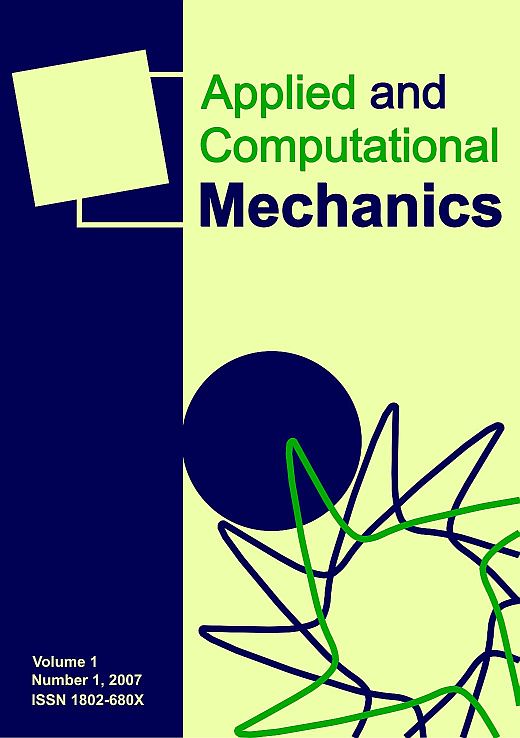Numerical analysis of mixed convection and Thomson-Troian slip effects on ternary nanofluid flow and heat transfer over a stretching sheet with porous media: Darcy-Forchheimer model
DOI:
https://doi.org/10.24132/acm.2024.894Keywords:
Darcy-Forchheimer model, Linearly stretching sheet, Ternary nanofluid, Thermal radiation, Porous mediaAbstract
The present study unveils research that examines the laminar motion of water-infused nanofluid comprised of nanoparticles of TiO2 (titanium dioxide), Ag (silver), and Cu (copper) over a stretching sheet. The flow undergoes a novel slip condition based on Thomson and Troian to model complex fluid behavior near solid walls and
incorporate the Darcy-Forchheimer model to comprehensively analyze the influence of a porous medium on flow behavior. Moreover, a heat source/sink and radiation are included to ensure the outcome of the energy equation will resemble most actual-world applications. Partial differential equations (PDEs) of higher order, originally used
to describe the system are then reformulated into higher-order non-linear ordinary differential equations (ODEs) by taking symmetry variables that are chosen thoughtfully. The resulting boundary layer equations are then turned into a set of ODEs by implementing relevant similarity transformations, which can be solved using the M ATLAB function bvp4c. Through graphs, the variations in the velocity, Nusselt number, temperature, and skin friction coefficient were displayed. The outcome showed that the incorporation of silver nanoparticles (0.01–0.03) enhanced the skin friction coefficient by ≈ 1.68 % and the Nusselt number reduced up to ≈ 5 %. The Forchheimer number also reported a 6.5% enhancement and 1.5% reduction in the skin friction coefficient and the Nusselt number, respectively. The velocity slip parameter γ1 correlates with an upswing in temperature and skin friction coefficient
for the ternary nanofluid while observing a decline in the velocity and Nusselt number.
Downloads
Published
Issue
Section
License
Copyright (c) 2024 Applied and Computational Mechanics

This work is licensed under a Creative Commons Attribution 4.0 International License.







